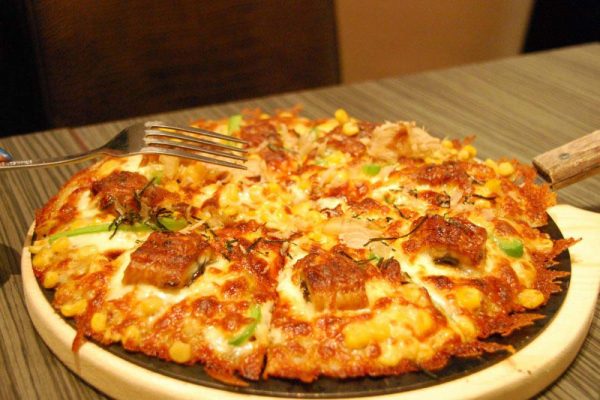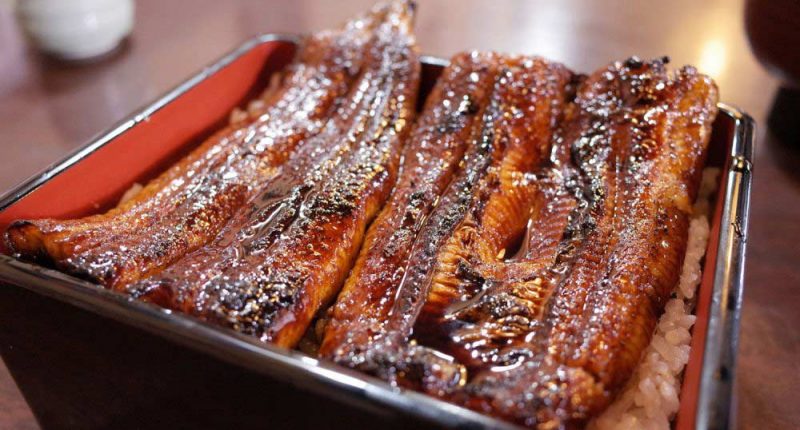At some point around mid-summer you’ll no doubt notice a fleeting craze among Japanese for eating eel (unagi). The unique dish is obviously a firm favourite among Japanese, and usually it is only the price of the snake-like fish that puts people off from visiting the unagi restaurants more often. The day to watch out for in the summer is The Day of the Ox—specifically the one that falls during the doyo period (土用の丑の日). In 2017, there are two of these days—25 July and 6 August—and so two excuses to splash out on unagi.
Now some might tell you that eel is eaten as a way to get relief from the soaring temperatures, which might reasonably have you wondering how grilled eel on a bed of warm rice is supposed to help counteract the sweltering summer heat. The actual reason is found in a mix of Chinese mythology and ancient philosophy.
Doyo period? Day of the Ox?
According to the Chinese philosophy of yin and yang, there are five elements: wood, fire, earth, gold, and water (木・火・土・金・水). The wise ones of times long gone decided that each of the four seasons is associated with one of these elements. Spring = Wood, Summer = Fire, Autumn = Gold, Winter = Water. Which leaves “earth” without a home. To get round this conundrum “earth” was said to belong to all four of the seasons (and all five of the elements) equally, and doyo (土用) was defined as the 18-day period before a change of the season (each season being 90 days and 90 ÷ 5 = 18). Of course the calendar year isn’t exactly 360 days and so the doyo period is 18 or 19 days depending, but you get the idea.
As for the The Day of the Ox, this is simply one of the signs of the Chinese Zodiac, and it is common knowledge that there are twelve in total. As with the years, these signs are written in consecutive order on the days of the calendar so logically in an 18- or 19-day period there must be 1 or 2 Days of the Ox.
What’s this got to do with eels?
There are a number of explanations but the most commonly accepted one (or at least the most famous) seems to be one from the mid-18th century. A Jack-of-all-trades samurai by the name of Hiraga Gennai, upon hearing of the troubles of an unagi shop owner who could not sell unagi in the summer, suggested hanging signs outside the restaurant telling people that it was The Day of the Ox (ushi no hi, in Japanese) so they should eat food beginning with a “u” to escape the heat. Spurious as this argument appears, it nevertheless caught on and other unagi restaurant owners quickly followed suit.
Today it is something of a commercial phenomenon, and it is also the reason why in Japan doyo is synonymous with the 18 day period before the end of summer, despite the fact that there are three other doyo periods throughout the year.




